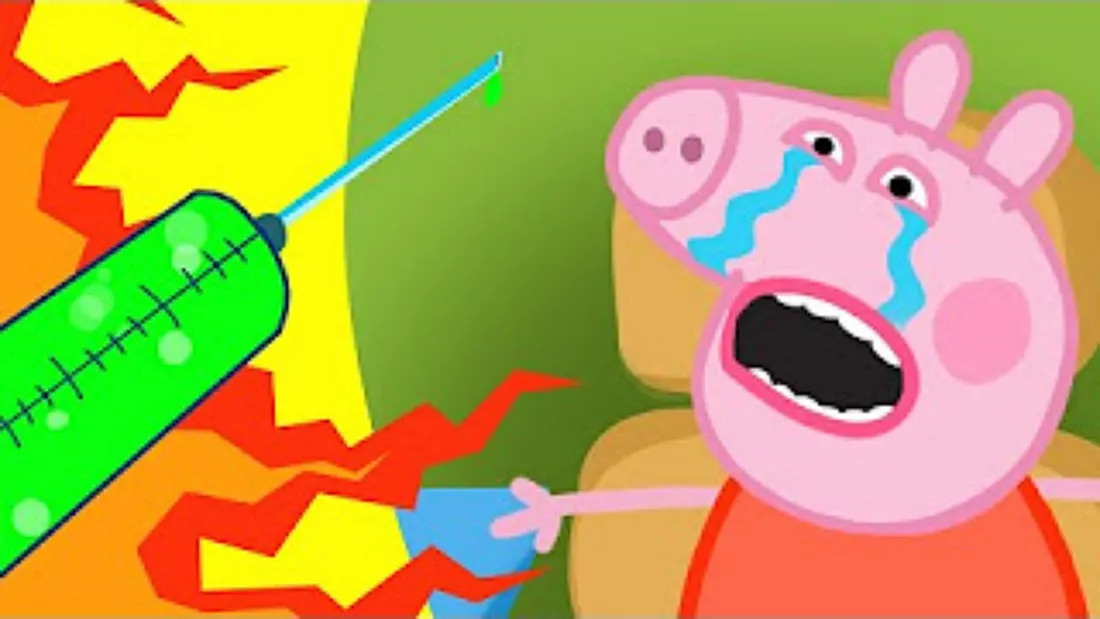Explore how YouTube's algorithms impact content and society, especially for children. Learn how to navigate and demand better accountability.
Introduction: The Internet’s Hidden Problem
In the vast and chaotic expanse of the internet, one platform reigns supreme in captivating audiences of all ages—YouTube. From educational content to niche hobbies and viral trends, the platform is a digital universe in itself. However, behind the playful thumbnails and engaging videos lies a troubling reality: algorithms that increasingly dictate what we see, watch, and believe.
This blog post explores the critical issue underlying YouTube’s algorithm-driven content, particularly the implications for vulnerable demographics, like children, and the moral responsibilities of creators and corporations. By the end of this article, you’ll not only understand the hidden pitfalls of these algorithms but also gain insights into how to navigate the digital landscape responsibly.
1. The Algorithm: The Double-Edged Sword of Personalization
How Algorithms Work
At the core of YouTube’s success is its recommendation algorithm, a powerful tool designed to maximize watch time. By analyzing user behavior—likes, comments, watch durations, and clicks—the algorithm crafts a personalized feed aimed at keeping viewers engaged for as long as possible.
While this seems harmless on the surface, it introduces critical issues:
- Echo Chambers: Reinforcing specific ideas or interests.
- Hyper-Sensationalism: Prioritizing dramatic content over nuanced or factual material.
- Unintended Audiences: Videos reaching inappropriate or unintended viewers, particularly children.
(Insert Featured Image: A complex flowchart showing how YouTube’s algorithm predicts and recommends content based on user behavior.)
2. Children and the Algorithm: An Uneasy Pairing
Children represent a massive chunk of YouTube’s audience, with entire categories dedicated to nursery rhymes, cartoons, and unboxing videos. However, the algorithm often fails to differentiate between harmless entertainment and exploitative content.
The Exploitation of Children’s Attention
- Many videos aimed at children use exaggerated colors, repetitive themes, and catchy tunes to keep them hooked.
- Some creators produce hours of low-quality or borderline inappropriate content disguised as child-friendly entertainment.
Example:
The infamous "Elsagate" controversy involved inappropriate or disturbing videos masquerading as children’s content. Characters like Elsa and Spider-Man were depicted in bizarre, sometimes troubling scenarios.
(Insert Sketch 1: A child watching a screen while a sinister shadow labeled "Algorithm" looms in the background.)
3. The Responsibility of Content Creators
Clickbait Culture
Many creators exploit algorithmic loopholes by producing clickbait titles, misleading thumbnails, and sensationalized content. While these practices drive views, they often mislead audiences and perpetuate harmful trends.
Ethical Dilemmas
Creators face a tough choice:
- Adhering to ethical standards but risking lower engagement.
- Prioritizing algorithms and risking the spread of harmful or low-quality content.
Quote:“Creators must ask themselves: Are they serving their audience, or are they serving the algorithm?”
4. YouTube’s Role: Profit Over Responsibility?
YouTube is not just a platform; it’s a profit-driven entity. Its revenue heavily relies on ad impressions, making user engagement its ultimate goal.
The Consequences of Prioritizing Engagement
- Content Spiral: Viewers are driven toward increasingly extreme or niche content.
- Neglected Accountability: Harmful content often slips through the cracks of moderation.
- Data Exploitation: Viewer data is continually harvested to fine-tune recommendations, raising privacy concerns.
(Insert Sketch 2: A YouTube screen where dollar signs overshadow content thumbnails, symbolizing profit-driven motives.)
5. Escaping the Algorithmic Trap
Despite its challenges, there are ways for viewers and creators to navigate YouTube responsibly.
For Viewers
- Diversify Your Feed: Actively search for content outside of recommendations.
- Use YouTube Kids: A safer alternative for children with better content moderation.
- Engage Critically: Be aware of clickbait and sensationalized content.
For Creators
- Prioritize Quality Over Quantity: Focus on meaningful, well-researched content.
- Be Transparent: Avoid misleading thumbnails or titles.
- Advocate for Change: Use your platform to call for better algorithm accountability.
6. Potential Solutions: Rethinking the Algorithm
Regulation and Oversight
Governments and institutions must step in to ensure algorithms are designed and monitored with public interest in mind.
Algorithmic Transparency
YouTube could implement clearer guidelines and allow users to understand why specific content is recommended.
Content Flagging Systems
Improved community flagging and reporting mechanisms can help identify and remove inappropriate content.
(Insert Sketch 3: A futuristic interface showing a user customizing their algorithm preferences.)
7. A Vision for Ethical Content Creation
Creators and platforms alike have the power to reshape the narrative. By prioritizing ethics and audience well-being over short-term engagement metrics, we can reclaim the internet as a space for learning, connection, and inspiration.
Call to Action: Whether you’re a creator, viewer, or policymaker, your choices shape the digital world. Share this article, spark conversations, and demand more accountability from platforms like YouTube.
Conclusion: Fixing What’s Wrong on the Internet
The internet has evolved into a complex ecosystem where algorithms hold immense influence. While platforms like YouTube have revolutionized entertainment and education, their unchecked algorithms present significant risks.
By staying informed, demanding transparency, and fostering ethical practices, we can ensure that the internet remains a tool for empowerment rather than exploitation. The question is not whether something is wrong—it’s what we’re going to do about it.
YouTube, Algorithms, Internet Safety, Content Creation, Ethics, Digital Ethics.
